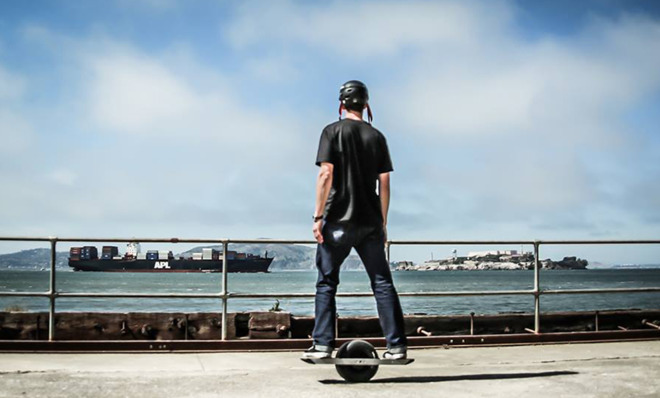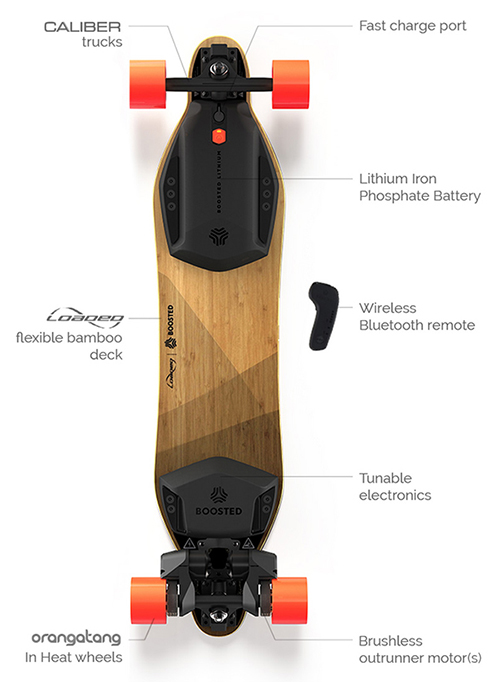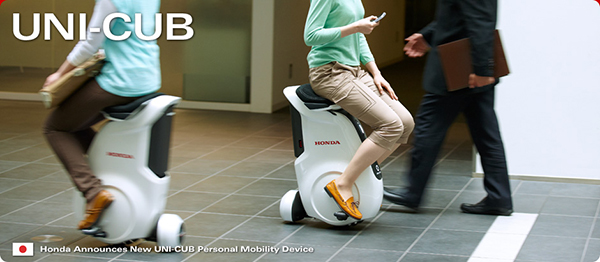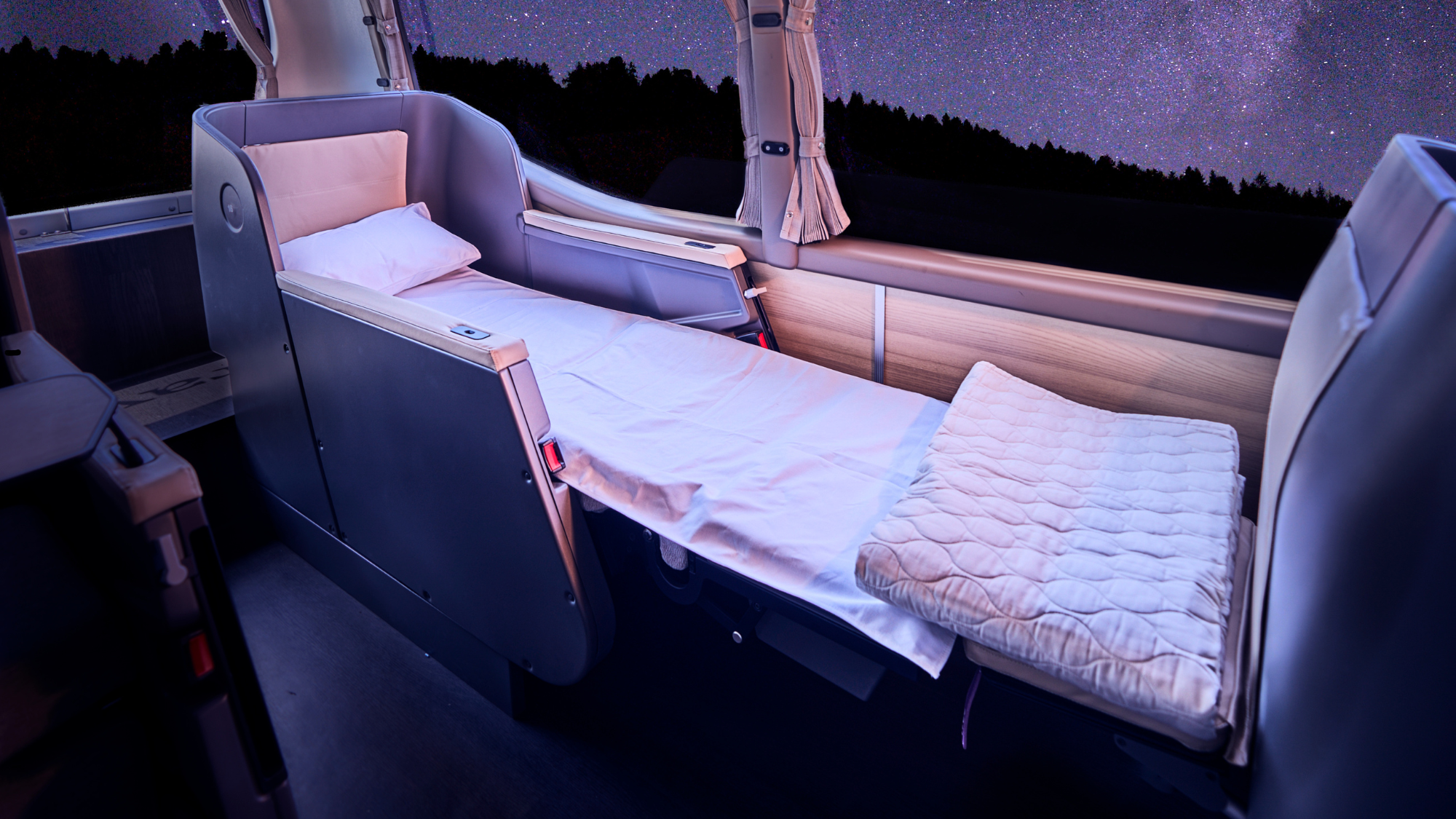Beyond the Segway: The bright future of personal transportation
The industry is developing new vehicles that could one day enter the mainstream

With a stigma even greater than a pocket protector or a Bluetooth headset, the Segway remains one of the most memorable failed attempts at revolutionizing personal transportation.
But there are still lots of companies figuring out new ways to move people around, whether it's for sport, leisure, or necessity. The tough part is breaking into the mainstream consciousness — and doing so in a way that makes personal transportation hip and desirable.
Onewheel tries to do that with an idea born from the hoverboard, which has remained something of a holy grail for inventors ever since Marty McFly rode one in Back to the Future Part II. Instead of completely floating on air, however, Onewheel uses its large, single tire to simulate that floating feeling.
The Week
Escape your echo chamber. Get the facts behind the news, plus analysis from multiple perspectives.

Sign up for The Week's Free Newsletters
From our morning news briefing to a weekly Good News Newsletter, get the best of The Week delivered directly to your inbox.
From our morning news briefing to a weekly Good News Newsletter, get the best of The Week delivered directly to your inbox.

The Onewheel uses the same type of motion-sensing technology prevalent in smartphones, along with battery technology used by Tesla Motors in its electric cars. The rider leans forward to go, and leans back to slow down or stop.
Here's where the Tesla technology comes in. Onewheel uses regenerative braking to capture the kinetic energy generated by slowing down. It then diverts the energy back into battery power. Instead of the brake causing heat and friction, as it does in a typical car, the excess energy is recycled.
After five years of designing different prototypes, Onewheel hit Kickstarter in January 2014 and blew past its fund-raising goal. Now, the futuristic board is up for pre-order, with delivery before the end of the year. One can be yours for $1500.
If Onewheel is a skateboard's cousin, then ZBoard is its brother or sister. ZBoard is a motorized skateboard that also initially launched as a Kickstarter project, and became a reality in 2012.
A free daily email with the biggest news stories of the day – and the best features from TheWeek.com
On a ZBoard, there are two foot pads, one in the front and one in the back. A rider applying pressure on the front one makes the board go faster, while pressure applied to the back pad slows the board down. ZBoard also uses regenerative braking to avoid wasted energy.
ZBoards come in three models, differentiated by speed and distance, which are dictated primarily by the strength of their respective battery packs. The base model costs $650, can travel around five miles, and has a top speed of 15 miles per hour. The top of the line model reaches $1200, has a range of 18 miles, and can reach 18mph.
Boosted is similar to ZBoard. Designed to look like a traditional longboard, it differs from ZBoard in that it uses a Bluetooth remote control for the rider to increase speed or brake. The remote has a rotary knob that allows the reader to accelerate and slow down. A Boosted board starts at $1000 and goes up to $1500. The base model will get you seven miles of distance and a top speed of 18mph.

Although Boosted skateboards are closest to standard skateboards, the founders of Boosted have bigger plans for their new method of transportation, going beyond mere recreation. In the long term, the company hopes to build more sustainable transportation for different areas of the world, including places where recharging an electric car might be out of the realm of possibility. Being lightweight and very portable, Boosted could make a big difference in developing countries in the future.

The automaker Honda has also been experimenting with unique ways for people to get around, one of which is the Uni-Cub. The device is a wild mix between a wheelchair and unicycle, the purpose of which is to help improve mobility. The vehicle's omni-directional driving system comes from Honda's research in robotics, particularly in its famous robot ASIMO.
For those still clinging to hopes of the Segway catching on, there's also the Airwheel — a small and portable self-balancing standing vehicle. However, out of all these options, Airwheel may still be a little too nerdy to ever catch on.
Tyler Hayes is a freelance writer living in Southern California. He's just as obsessed with discovering new music as he is with trying new technology.
-
 A peek inside Europe’s luxury new sleeper bus
A peek inside Europe’s luxury new sleeper busThe Week Recommends Overnight service with stops across Switzerland and the Netherlands promises a comfortable no-fly adventure
-
 Space data centers could be joining the orbit
Space data centers could be joining the orbitUnder the radar The AI revolution is going cosmic
-
 Codeword: December 23, 2025
Codeword: December 23, 2025The daily codeword puzzle from The Week